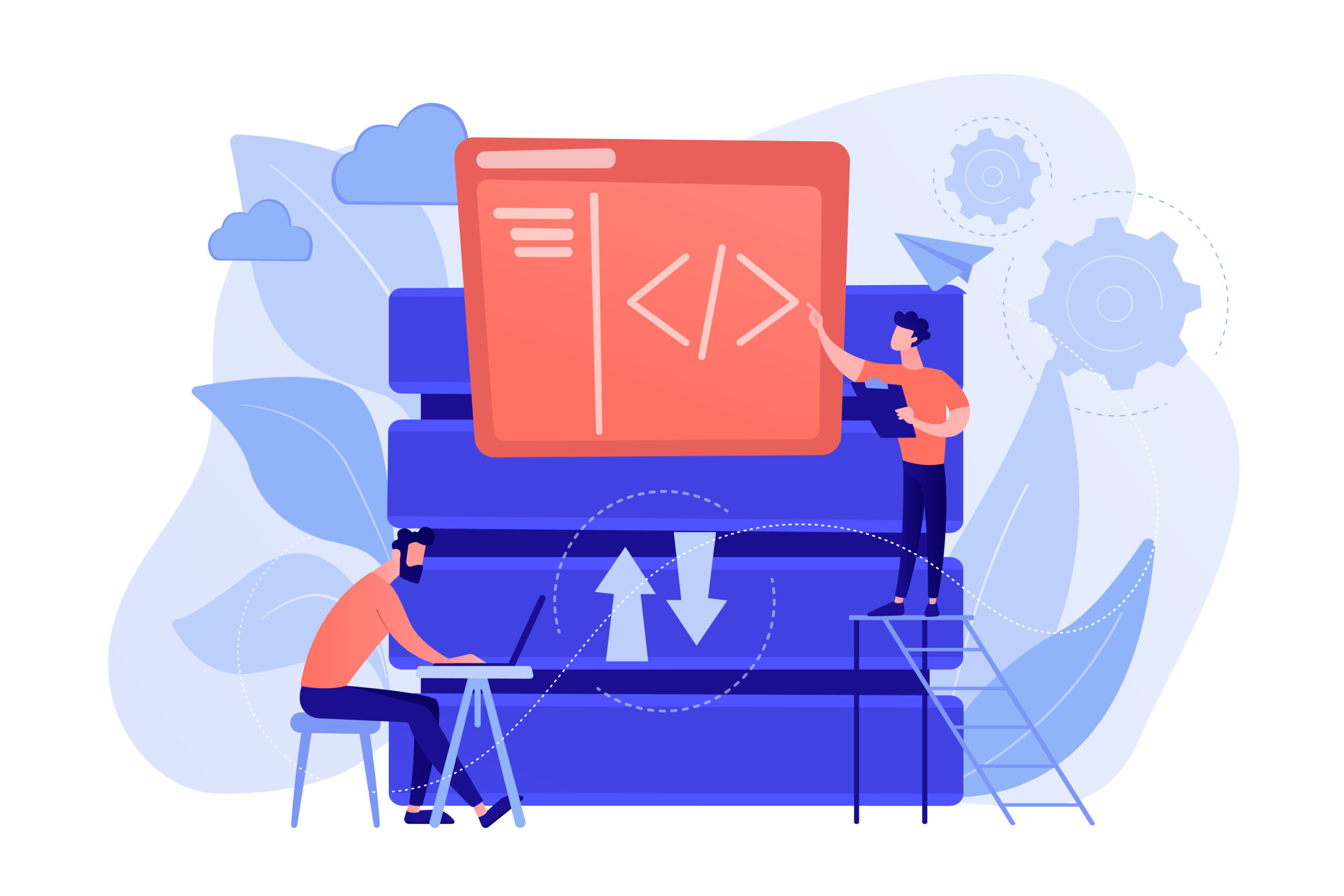In modern development teams, full-stack developers play a critical role in managing technical debt in software development. Their deep knowledge of both front-end and back-end systems allows them to foresee potential pitfalls and design more sustainable, maintainable codebases.
One of the main contributors to technical debt is inconsistent or unclear coding practices. Full-stack developers often set a consistent coding standard across the entire stack, ensuring that all components work together efficiently. Clear, readable code significantly reduces the risk of accumulating technical debt over time, especially when systems scale or new team members join the project.
Unlike situations where separate front-end and back-end developers work in silos, full-stack developers streamline the workflow by bridging the communication gap. This uniformity in communication prevents misunderstandings and misaligned implementations, which are common causes of technical debt in large teams.
Another key responsibility of full-stack developers is to enforce testing and continuous integration (CI). Through proper CI pipelines and automated testing, they ensure that every change integrates seamlessly into the system without introducing new bugs. This practice is vital in controlling technical debt, as it helps maintain stability during frequent updates.
Moreover, full-stack developers strike the right balance between speed and quality. While meeting project deadlines is essential, they understand that cutting corners for quick releases often results in greater debt. By taking a strategic approach, they deliver features on time without compromising the system’s integrity.
Lastly, their ability to design scalable architecture ensures that the application can grow without requiring frequent overhauls. This forward-thinking approach minimizes the risk of technical debt and supports long-term product stability.
In summary, full-stack developers are invaluable when it comes to managing technical debt in software development. By combining the responsibilities of front-end and back-end developers, they provide a holistic view that enables cleaner code, better collaboration, and more scalable systems.









